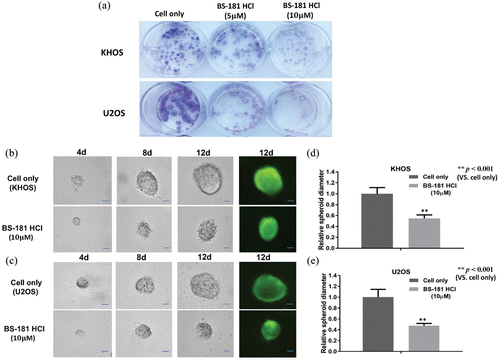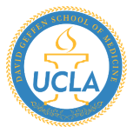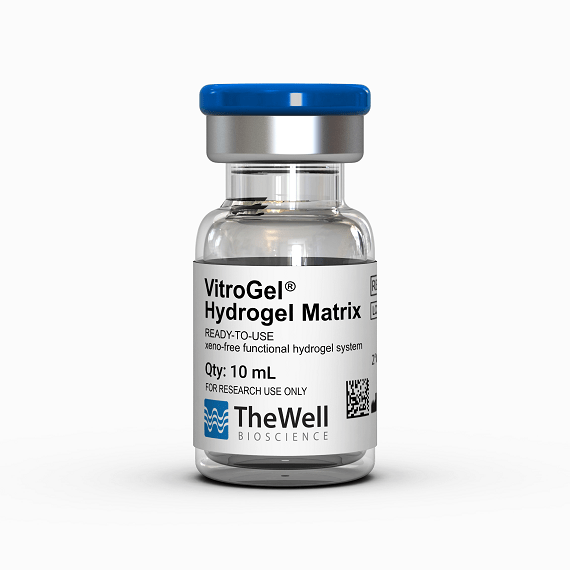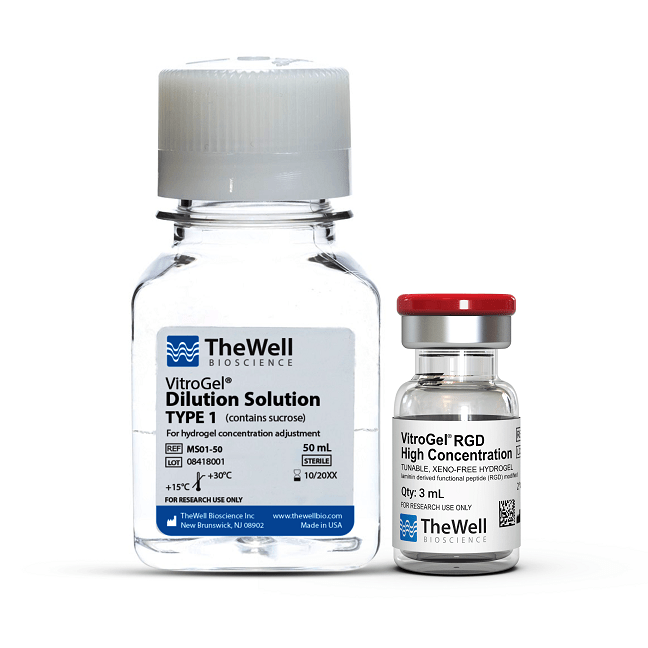Research Highlights
Cyclin-dependent kinase 7 (CDK7) Overexpression Implicated as an Independent Predictor of Poor Prognosis of Osteosarcoma

Institution:

Department of Orthopedic Surgery at UCLA
Team:
Hangzhan Ma, Dylan C. Dean, Ran Wei, Francis J. Hornicek and Zhenfeng Duan
Application:
3D culture to evaluate the effects of CDK7 in an in vivo environment
Disease Model:
Osteosarcoma
Hydrogel:
VitroGel® 3D
Osteosarcoma is the most common primary tumor of bone and accounts for 35% of primary bone malignancies. Survival rates in this disease have plateaued over the last four decades, as there has been a lack of emerging therapies showing clinical benefit. To date, targeted therapies and immunotherapies have shown limited results for osteosarcoma patients. Also, as there are no predictive biomarkers of chemotherapeutic response or resistance in osteosarcoma, delineating which patients are at most significant risk and personalized medical treatments remain a challenge. As a result, there is a clear need for a new and precise therapeutic target for patients with osteosarcoma.
CDK7 is a member of a complex family of heterodimeric serine/threonine protein kinases that is crucial in regulating DNA transcription. Overexpression of CDK7 has been recognized for its roles in breast cancer, T-cell acute lymphoblastic leukemia, gastric cancer, small cell lung cancer, neuroblastoma, and ovarian cancer. There are lots of ongoing research and clinal studies testing CDK7 inhibitors in advanced solid malignancies however, until now, the significance of CDK7 expression, effect on clinical prognosis, and its potential as a therapeutic target in osteosarcoma has not been explored.
Dr. Ma and colleagues evaluated the expression of CDK7, its prognostic value, and function in osteosarcomas. They analyzed various data sets on CDK7 expression and the correlation between patient tissue CDK7 expression and their clinicopathological features. This was performed via immunochemical staining, western assay, clonogenic assays of unique tissue microarray constructed from osteosarcoma specimens. They utilized VitroGel™ 3D to stimulate an in vivo environment during the evaluation of the effects of CDK7 inhibition on cell growth. This kind of study is particularly important because it attempts to capture the natural physiological conditions of the disease, thereby producing both clinically and physiological relevant data. The researchers discovered a correlation between spheroid diameter and CDK7. The size of the osteosarcoma spheroids reduced as the concentration of CDK7 inhibitor increased. In conclusion, their findings showed the association between CDK7 overexpression and deteriorating prognosis in osteosarcoma patients, introducing CDK7 as a promising therapeutic target for osteosarcoma drug development studies.
Read the publication:
Related Product:




